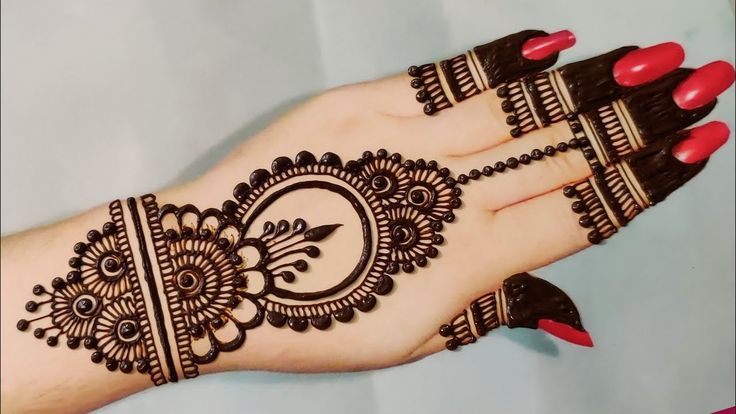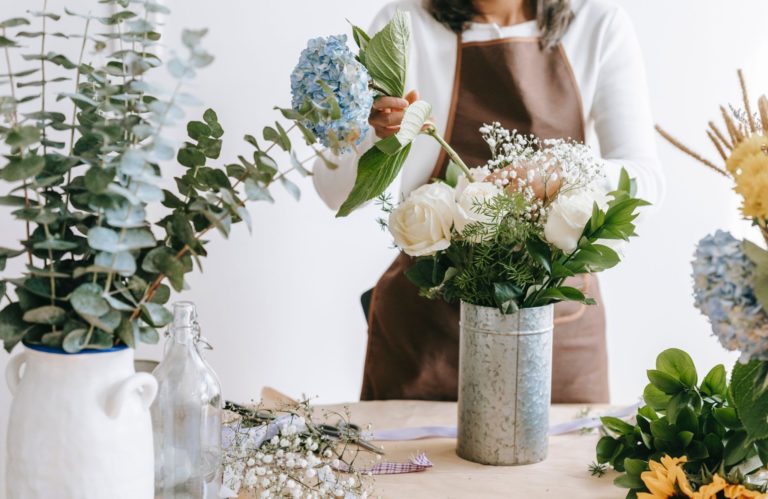Mehndi of Eid al-Fitr
Eid al-Fitr is a significant religious holiday celebrated by Muslims worldwide that marks the end of Ramadan, the Islamic holy month of fasting. It’s a joyous occasion, a time for families to gather, share meals, and give thanks for the blessings they have received. One of the beautiful traditions associated with Eid is the application of Mehndi, or henna, to the hands and feet. This festive custom is not only a way to adorn the body with intricate designs but also holds cultural and spiritual significance.
The Cultural Significance of Mehndi
Mehndi has been a part of South Asian, Middle Eastern, and African cultures for centuries. It is applied during various festivities and celebrations, with Eid al-Fitr being one of the most prominent occasions for this art form. The practice of applying henna is often seen as a symbol of joy and prosperity. During Eid, women and girls gather together in anticipation of the festivities and adorn each other’s hands and feet with beautiful henna designs. This is a communal activity that fosters a sense of togetherness and celebration.
The designs can range from simple and elegant to intricate and complex. Some of the popular styles include floral patterns, paisleys, geometric shapes, and fine line detailing. These designs are not just decorative; they are laden with symbolism. For instance, flowers may represent joy and happiness, while peacocks can symbolize beauty and grace.
Latest Mehndi Trends for Eid al-Fitr
As with any art form, the styles and preferences for Mehndi designs evolve with time. For Eid al-Fitr 2024, there are several trends that are gaining popularity among those who celebrate the occasion.
One of the trends that have been noted is the Moroccan Mehndi designs, which are traditional with a unique and trendy base, often featuring diamond shapes that are believed to ward off evil. These designs are known for their geometric flair and are quite distinct from the more common floral and paisley patterns (Times of India).
Another trend is the minimalist approach, where the designs are subtle yet elegant, focusing on the beauty of single lines and negative space to create a sophisticated look. This style is perfect for those who prefer a modern and less traditional aesthetic (News18).
For those who love traditional designs, the classic intricate patterns that cover the palms and sometimes extend to the arms are still very much in vogue. These designs are often symmetrical and feature a combination of floral motifs, paisleys, and fine lines that weave together to create a stunning lace-like effect.
The beauty of Mehndi lies in its temporary nature, allowing for creativity and experimentation with different designs each Eid. Whether one opts for the traditional, the trendy, or a blend of both, Mehndi remains a cherished part of Eid al-Fitr celebrations, adding to the festive spirit and beauty of the occasion.






